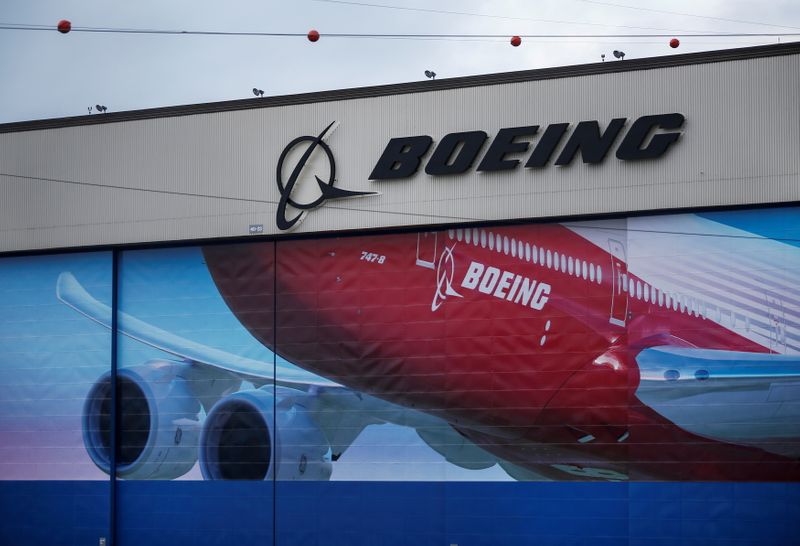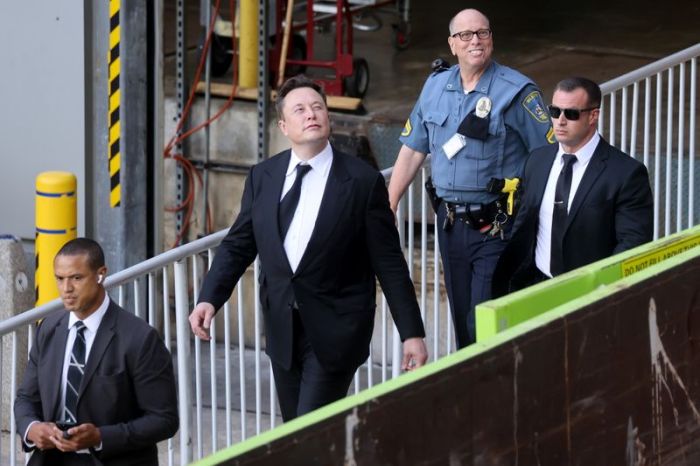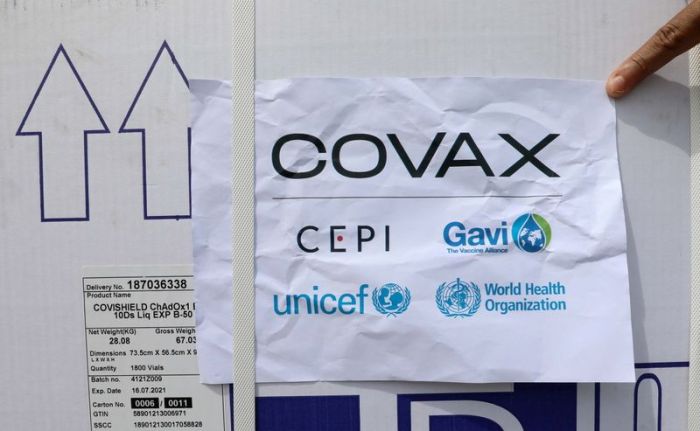WASHINGTON/SEATTLE (Reuters) – The Federal Aviation Administration (FAA) said late on Monday that some undelivered Boeing 787 Dreamliners have a new manufacturing quality issue that the largest U.S. planemaker will fix before the planes will be delivered.
The FAA said the issue is “near the nose on certain 787 Dreamliners in the company’s inventory of undelivered airplanes. This issue was discovered as part of the ongoing system-wide inspection of Boeing’s 787 shimming processes required by the FAA.”
The FAA added that “although the issue poses no immediate threat to flight safety, Boeing has committed to fix these airplanes before resuming deliveries.” The air regulators added after a review of data it “will determine whether similar modifications should be made on 787s already in commercial service.”
Boeing declined to comment. Reuters first reported the new production issue to hit Boeing’s troubled 787 Dreamliner. The company has about 100 undelivered 787s in inventory.
Boeing suspended deliveries of the 787 in late May after the FAA raised concerns about its proposed inspection method, saying it was “waiting for additional data from Boeing before determining whether the company’s solution meets safety regulations.”
The FAA in May had issued two airworthiness directives to address production issues for in-service airplanes.
The U.S. planemaker’s 737 MAX and 787 have been afflicted by electrical and other issues since late last year, and it had only resumed deliveries of the 787s in March after a five-month hiatus – only to halt them again in May.
Two key U.S. lawmakers said in May they were seeking records from Boeing and the FAA on production issues involving the 737 MAX and 787 Dreamliner.
The FAA said in September it was investigating manufacturing flaws involving some 787 Dreamliners. Boeing said in August airlines operating its 787 Dreamliners removed eight jets from service as a result of two distinct manufacturing issues.
In September, Boeing said some 787 airplanes had shims that were not the proper size, and some airplanes had areas that did not meet skin-flatness specifications.
Last month at a conference, Boeing Chief Executive Dave Calhoun said the 787s were “performing beautifully.”
But he added “the FAA rightfully wants to know more about the analytics and process controls that we put in place, which are different than the ones that we had previously, so that we could be more perfect.”
Calhoun said he hoped the FAA’s review of Boeing’s approach was “measured in months and not longer than the calendar year.”
In February, Reuters reported Boeing was beginning painstaking repairs and forensic inspections to fix structural integrity flaws embedded deep inside at least 88 parked 787s.
The fuel-efficient 787 has been a hit with airlines, which have ordered nearly 1,900 of the advanced twin-aisle jet worth nearly $150 billion at list prices.
The FAA has been critical of some Boeing safety practices in recent years and imposed a $6.6 million fine on Boeing in February for failing to comply with a 2015 safety agreement.
The agency did not allow the Boeing 737 MAX to resume flights for nearly 20 months following two fatal crashes and only after it added significant safeguards to a key system.
Last month, Reuters reported the FAA told Boeing in May its planned 777X was not yet ready for a significant certification step and warned it “realistically” will not certify the airplane until mid- to late 2023.
(Reporting by David Shepardson and Eric M. Johnson; Editing by Shri Navaratnam and Christopher Cushing)






















